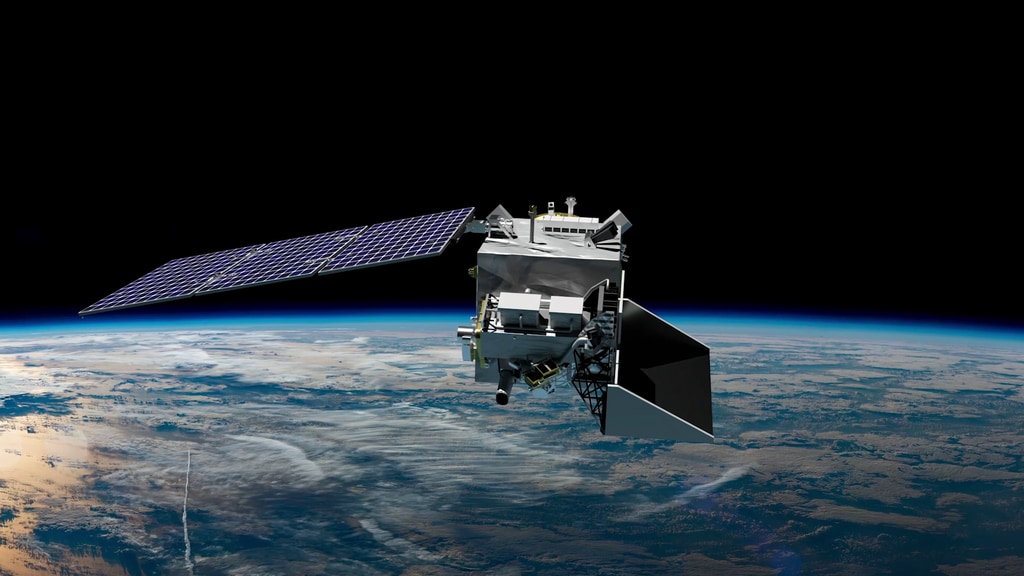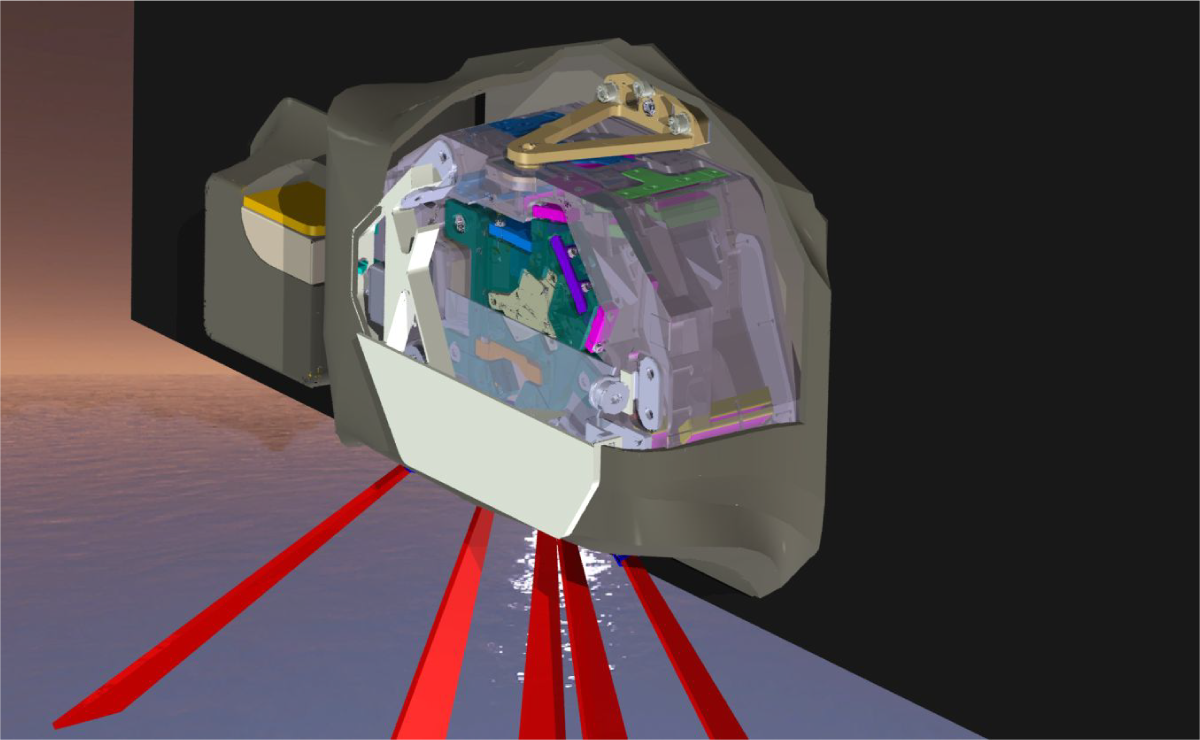The Netherlands to Build Instrument for NASA Earth Observation Satellite
The Netherlands is to build a high-tech instrument for NASA Earth Observation Satellite PACE. After its launch in 2022, this satellite will investigate the exchange of carbon dioxide between oceans and the atmosphere and the role of particulate matter in the earth's climate. The Dutch instrument, called SPEXone, will investigate the spread and properties of particulate matter.
The Dutch space agency NSO has allocated seven million Euros to the development of SPEXone. The Ministry of Education, Culture and Science finances the NSO programme for the research and development of instruments. Minister Van Engelshoven (Science): "I am very proud of the essential contribution to this important climate study made by Dutch researchers. One of the aims of my science policy is for Dutch science to have a global impact. The Netherlands has top ranking globally. In order to retain this ranking, collaboration and research facilities such as SPEXone are vitally important."

Artist impression van de PACE-satelliet (beeld: NASA)
NASA mission
PACE is an acronym of Plankton, Aerosol, Cloud, ocean Ecosystem. The NASA PACE Satellite will map the 'colours' of the oceans, not just the blue that we can see with our own eyes, but also colours with frequencies from ultraviolet to infra-red. Scientists can use these data to assess the 'health' of the oceans, for instance by studying the distribution of algae. PACE will do more than studying the oceans. The satellite will also measure the air above the water. And that is where the Netherlands will play a crucial role.
Particulate matter
Very little is known about the composition of the atmosphere above the ocean, particularly where it concerns aerosols: small dust particles in the air such as soot particles, ash and desert dust, also called particulate matter. How many aerosols are in the atmosphere? What are their properties? What exactly is their effect on changes in climate? These are the types of questions that the Dutch instrument called SPEXone will attempt to help answer from 2022 by measuring the polarisation of reflected sunlight.

SPEXone scant de atmosfeer in verschillende richtingen. (beeld: Airbus / SRON)
Weighing less than ten kilogrammes, SPEXone will map aerosols in the atmosphere more accurately than ever before. Every thirty days, the instrument will produce a map of the entire earth's atmosphere. SPEXone builds on the success of measuring instruments such as OMI on NASA satellite EOS-AUR and Tropomi, mapping air quality from ESA satellite Sentinel 5 Precursor. According to Harm van de Wetering, director of NSO, the Netherlands is the go-to country for these types of earth-observation instruments: "The construction of space instruments OMI and Tropomi has given the Netherlands a global reputation in the field of earth observation. The fact that NASA has turned to us once again is a confirmation of that reality."
Consortium
The development of SPEXone is in the hands of a consortium consisting of SRON Netherlands Institute for Space Research and Airbus Defence and Space Netherlands, supported by experts from TNO and Dutch SME. The development of SPEXone will cost fourteen million Euros. The NSO has already provided two million Euros for the first stage, on behalf of the Ministry of Education, Culture and Science. NSO will facilitate the next stage with a subsidy of seven million Euros.